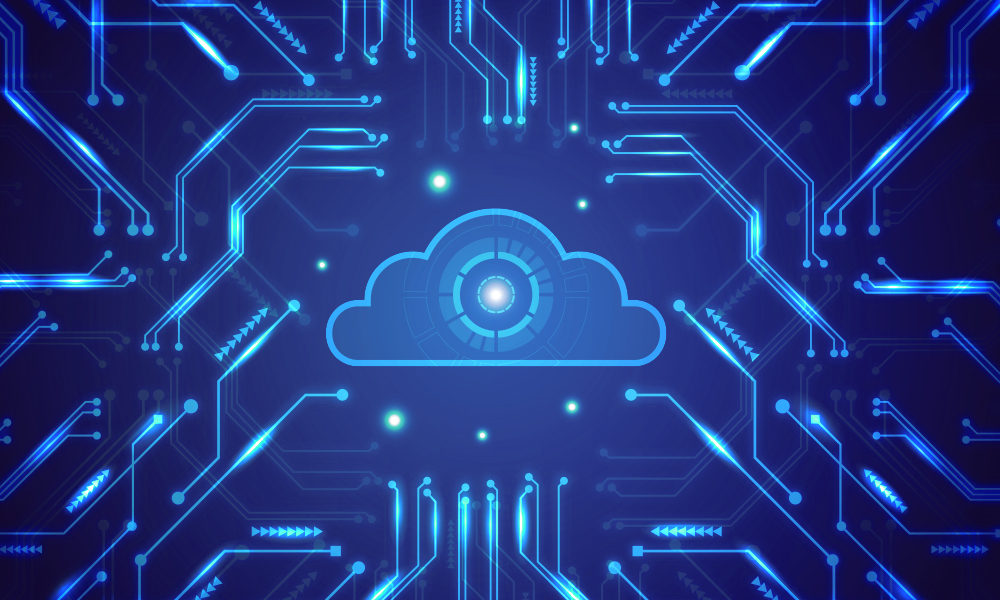The Effective Data Loss Prevention Strategy in a Remote Work Environment

The rise of the remote work model has brought the concerns of cybersecurity back in the spotlight. Cyberattacks are getting more sophisticated, yet not all organizations are well prepared to protect their data in a distributed workplace, making them prone to the risks of data loss.
If you’re implementing the remote work model, there are three major security concerns you have to face. First, in a remote environment, your IT team usually lacks visibility to how data is shared or moves around. Second, you and your employees are the target of cyberattacks; among the most common ones are phishing scams and Man-in-the-Middle (MitM) attacks. Finally, your employees might not follow the protocols of creating backups of their critical data.
If these are your issues, you may need to readdress your security and data loss prevention strategy.
Data Loss Prevention Strategy
To be able to implement the remote work model effectively, you need to have a solid strategy so you can prevent sensitive data getting lost, misused, or accessed by unauthorized parties. There are five things you can do.
Know your sensitive data.
You can always start with compiling an inventory of your critical assets to make sure you know exactly what sensitive data you have, and where it is located. Knowing your sensitive data and where it’s located will make it easier for you to implement effective data access management protocols and policies. The good news is you don’t have to do this step manually. You can always deploy relevant tools and automated solutions, such as data classification tools, which can be tailored to meet your specific regulations.
Monitor your sensitive data in real-time.
It’s essential that you know exactly who has—and should have—access to your data and what they’re doing with the data. Many cloud-based platforms, such as Office 365, offer some form of monitoring to flag suspicious behavior. However, they’re generally not enough. For real-time monitoring and reporting across all endpoints in a remote environment, you can deploy a third-party solution. Modern sensitive data solutions incorporate AI and machine learning techniques to monitor activity in real-time and detect deviations from the patterns.
Use cloud security features.
Many organizations assume that relying on their own network to store data is more secure than using the cloud. The fact is the opposite. The use of a cloud service can make your data loss prevention strategy more effective. There are various security features offered together with the cloud service you use. For example, you can make sure that guest access is restricted and that no sensitive data is exposed to the public by default. You can also review the security settings to limit which data users can share, and with whom. What’s more, you can restrict the installation and usage of third-party apps.
Use VPN.
It’s a good idea to use a VPN to make sure your remote employees securely access your company’s network. A VPN provides an encrypted communication channel between employees’ devices and the server which they’re connecting to. You should also choose a VPN that offers a Multi-Factor Authentication (MFA) feature. MFA provides a more robust authentication process as it requires additional factors, such as something you know, something you are, or something you have.
Create a culture of security.
You can start with communicating with your employees. You need to inform them of the data security risks posed by remote work and the consequences of failing to comply with the security policies. You should also discuss what they can do to mitigate risks—a frequent password update schedule, two-factor authentication, a consistent use of VPN, etc. In the long run, you will need to turn this into a culture by ensuring that data security is at the forefront of your employees’ minds—holding regular meetings, sending out memos, and so on.
By doing these five things, you can create a secure remote work environment and mitigate the risks of data loss.

















